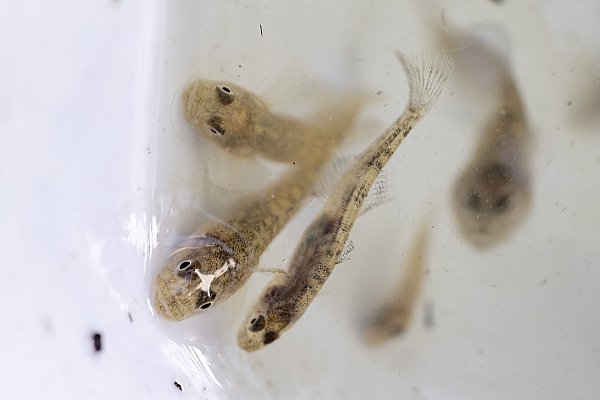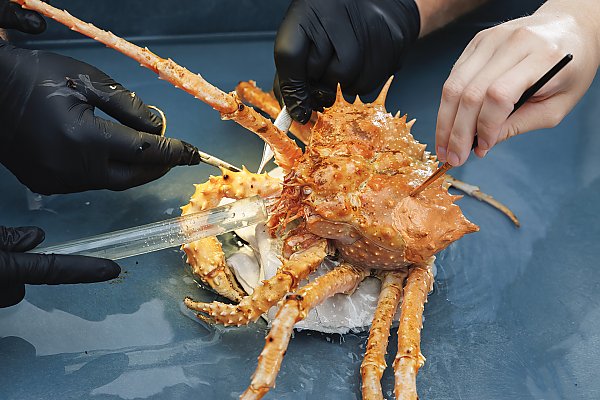
Share A-lotl Love this Valentine’s
Adopt an axolotl at the $100+ level to receive a special Valentine’s themed box that includes a snuggly axolotl plush, customizable Valentine’s Day card, an animal fact card and candy. Plus, the first 60 to adopt an axolotl will get an additional gift – an axolotl themed slime! Adopt by February 4 to ensure holiday delivery. While supplies last!










